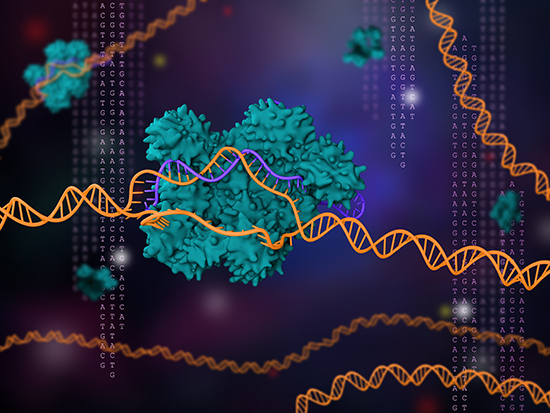
Scientists at the Wellcome Sanger Institute in the U.K. have reported another potential hurdle for the CRISPR community, via a study published in Nature Biotechnology that calls into question the precision of CRISPR-Cas9. While much work has addressed the specificity of CRISPR-Cas9 editing to target the gene of interest and not result in “off-target” edits, the new study warns that CRISPR-Cas9 can lead to undesired “on target” deletions and rearrangements at the site of the gene of interest.
The study, entitled “Repair of CRISPR-Cas9–induced double-stranded breaks leads to large deletions and complex rearrangements,” published in July in Nature Biotechnology, reveals that significant mutations are generated at the target site after a Cas9-induced double-stranded DNA break including large deletions and chromosomal rearrangements. Studying two genes in two different cell types (mouse embryonic stem cells and human immortalized cells), the observed genomic damage was a “common outcome at all loci and in all cell lines tested.”
The authors also argued that some of the larger genetic changes would not be detected using commonly used assays in the field and have likely been missed by the standard PCR-based methods used for detecting DNA changes.
“This is the first systematic assessment of unexpected events resulting from CRISPR-Cas9 editing in therapeutically relevant cells, and we found that changes in the DNA have been seriously underestimated before now,” said Allan Bradley, Ph.D., senior group leader and director emeritus at the Wellcome Sanger Institute and senior author of the study. “It is important that anyone thinking of using this technology for gene therapy proceeds with caution and looks very carefully to check for possible harmful effects.”
- Click here to access the rest of this article.













